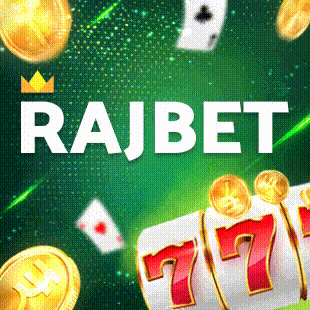Top 4 Traditional Dance Forms Of Karnataka

Karnataka Folk Dances – Traditional Folk Dances from Karnataka
1. Dollu Kunitha Dance:

Dollu Kunitha is a revered form of folk art and a prominent traditional dance in Karnataka. This drum dance, accompanied by singing, is known for its captivating display of skills. Typically performed by male members of the Kuruba shepherd community, Dollu Kunitha showcases robust drum rhythms, swift choreography, and coordinated group movements. Another variation of this dance is Pujā Kunitha, where dancers carry a wooden frame with a deity atop their heads.
2. Spirits (Bhootha) Aradhane Dance:

Bhootha Aradhane involves the worship of spirits and is a captivating blend of various religions, spectacular performances, and ritualistic magic. This tradition is most commonly observed in the coastal regions of Karnataka, where it is believed to ward off evil spirits. The Karnataka Bhootha Aradhane is visually striking, featuring processions that require substantial effort to carry elaborately painted idols representing devils or bhoothas. The rhythmic beats of drums and the bursting of firecrackers accompany these processions, creating an atmosphere of both awe and reverence.This dance form was also beautifully portrayed in the film "Kantara."
3. Nagamandala Dance:

Nagamandala is a unique ritual associated with serpent worship among Hindus, prevalent across India but particularly significant in Southern Karnataka. This elaborate night-long ceremony is centered around the appeasement of the serpent, symbolizing fertility and the life-force. Male dancers, known as Vaidyas, don costumes resembling either Nāgakannikās (female serpents) or male snakes and perform intricate dances on a pattern that represents the spirit of the serpent. The Nagamandala's design is a remarkable display of natural colors, and it culminates with a Brahmin becoming possessed, symbolizing the presence of the serpent among the devotees.
4. Yakshagana Dance:

Yakshagana is a form of dramatic composition that combines recitation, dance, and theater, traditionally performed in rural Karnataka. The term Yakshagana translates to "heavenly music." These all-night dance dramas, often held during winter harvests, captivate audiences with enchanting music and vibrant performances. Yakshagana performances encompass a complete theatrical experience, including music, dance, and storytelling. The narratives often draw from epics like the Ramayana, Mahabharata, and Puranas, resonating strongly with rural audiences. The performance begins with a Puja to Lord Ganesha and is kicked off by Kodangis, who serve as jesters. A narrator presents the story in a song-like fashion, accompanied by musicians playing traditional instruments like chande, maddale, and tala, while synchronized movements by the performers bring the story to life.



